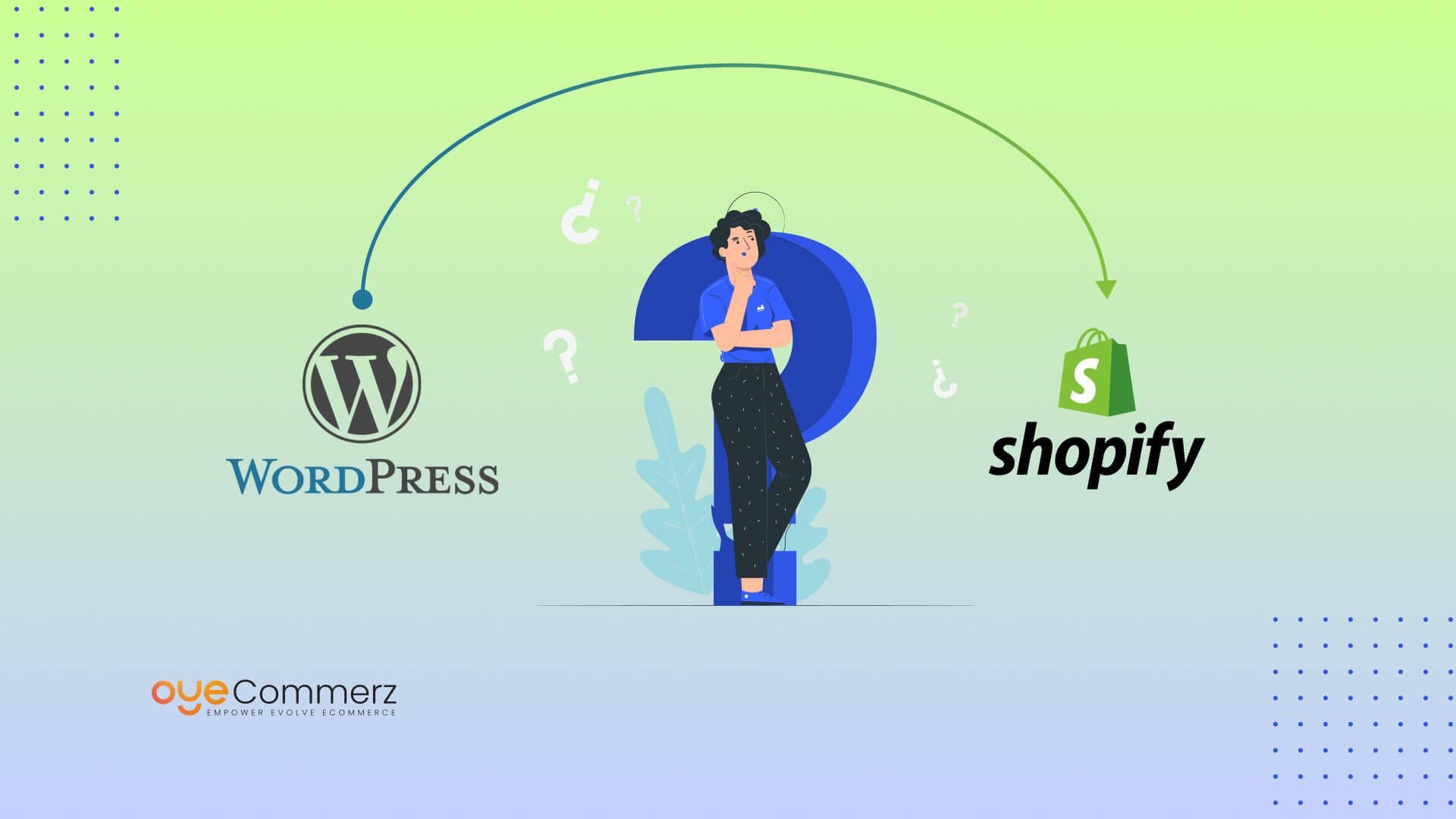Scaling an e-commerce store requires adaptability, growth, and delivering outstanding customer satisfaction.
Migrating from WordPress to Shopify is often driven by the need for improved performance, enhanced capabilities, and a robust foundation for growth.
This guide outlines the essential steps, strategies, and insights to ensure your migration to Shopify is successful and disruption-free.
Introduction: Why Migrate from WordPress to Shopify?
WordPress is a flexible platform, but its dependency on plugins can complicate e-commerce scalability.
Built for e-commerce, Shopify delivers unmatched security, scalability, and tools tailored to retailers.
As of 2024, Shopify powers over 4.5 million online stores worldwide, solidifying its position as a leader in e-commerce.
A move to Shopify enhances areas like payment solutions, order handling, and mobile-friendly design.
Here’s your ultimate step-by-step guide to ensure a smooth transition.
Step 1: Assess Your E-Commerce Needs
Start by reviewing your store’s current performance and identifying future needs.
Pinpoint challenges such as reliance on plugins or suboptimal page speed that restrict growth.
With tools like Shopify Payments and flexible themes, Shopify minimizes the need for external plugins.
Step 2: Create a Migration Plan
Without proper planning, your migration might result in errors or unnecessary business interruptions.
Ensure a smooth transition by focusing on key areas like product inventory, customer data, and order history.
Utilize Shopify’s migration features and compatible apps to ensure safe data transfer and minimal disruption.
Step 3: Tailor Your Shopify Experience
Shopify’s customization options let you design a store that aligns perfectly with your brand.
Browse the Shopify Theme Store for templates or modify them to enhance user experience.
Explore themes like “Impulse” and “Prestige” for responsive, feature-rich options.
Shopify Plus offers tailored theme development for businesses seeking unique designs.
Oyecommerz specializes in crafting Shopify Plus themes that align with enterprise-level e-commerce needs.
Step 4: Safeguard Your Search Engine Optimization
Maintaining your SEO settings is crucial to keeping your website visible in search results.
Shopify offers URL redirection to ensure that your visitors land on the right pages.
Use Shopify’s built-in SEO tools to manage metadata and connect analytics platforms.
Studies show that overlooking SEO during migration often leads to a drop in site traffic.
Step 5: Integrate Essential Shopify Apps
Shopify’s extensive app ecosystem offers tools to enhance store functionality and optimize Migrate from WordPress to Shopify performance.
Apps like Klaviyo for email marketing and Yotpo for customer reviews can transform your customer engagement strategy.
Use Shopify API integrations to connect your store with external systems effortlessly.
Oyecommerz specializes in creating tailored integrations to meet your business's unique operational needs.
Step 6: Ensure Mobile-Friendliness
With mobile commerce dominating 60% of sales in 2024, mobile readiness is critical.
Every Shopify theme is built to adapt seamlessly to different screen sizes and devices.
Simplify the checkout process for mobile users with Shopify’s secure payment tools like Shop Pay.
Enhance mobile user satisfaction by ensuring fast, intuitive browsing and purchasing.
Step 7: Train Your Team
While Shopify’s interface is user-friendly, training your team ensures a smoother Step-by-step WordPress to Shopify migration guide transition.
Teach staff how to manage products, track orders, and utilize reporting tools for insights.
Team training boosts confidence and efficiency in using Shopify’s advanced functionalities.
Step 8: Test Your Store Before Launch
Test your store rigorously to ensure all systems function smoothly before launching.
Verify that product information, inventory, and navigation links are error-free.
Simulate purchases to confirm your store’s payment methods and checkout flow are problem-free.
Testing ensures your store is customer-ready, leaving no room for errors on launch day.
Step 9: Promote Your Migration Strategically
A successful migration is a great opportunity to engage and excite your audience.
Leverage email marketing and social platforms to highlight the advantages of your upgraded store.
Showcase features like faster load times and a secure checkout to build trust and excitement.
Conclusion: Empower Your Business with Shopify
Transitioning to Shopify represents an opportunity to reimagine your e-commerce strategy.
Shopify’s robust tools, scalability, and seamless integrations create an ideal platform for growth.
From small businesses to large enterprises, Shopify provides tailored solutions for all e-commerce needs.
Partnering with Oyecommerz ensures a smooth migration with minimal disruption to your operations.
Let Oyecommerz assist you in leveraging Shopify to enhance customer satisfaction and drive sales.
Take the next step in transforming your store—contact us to start your Shopify migration today.
